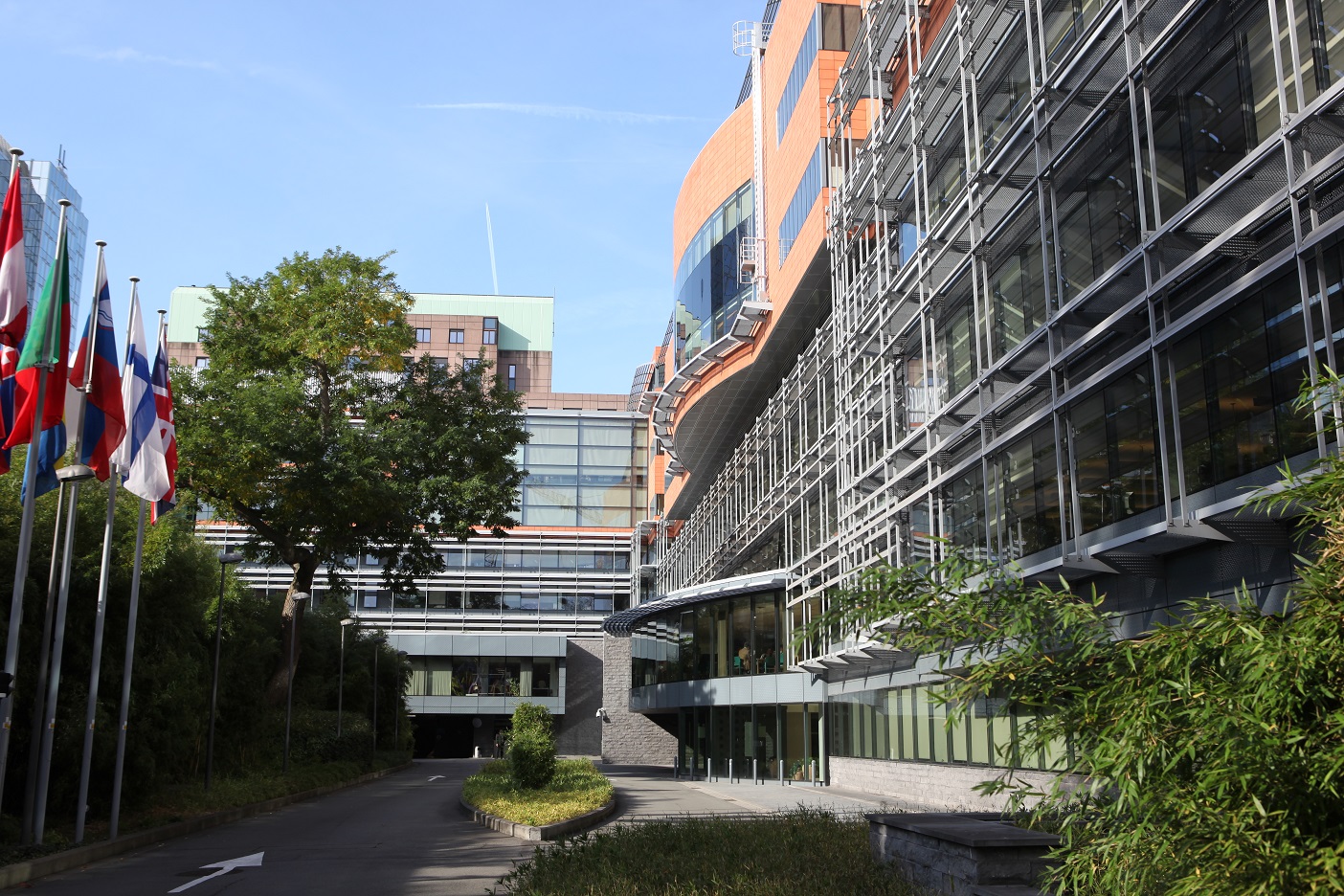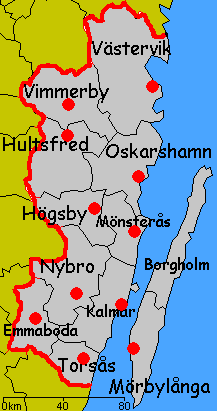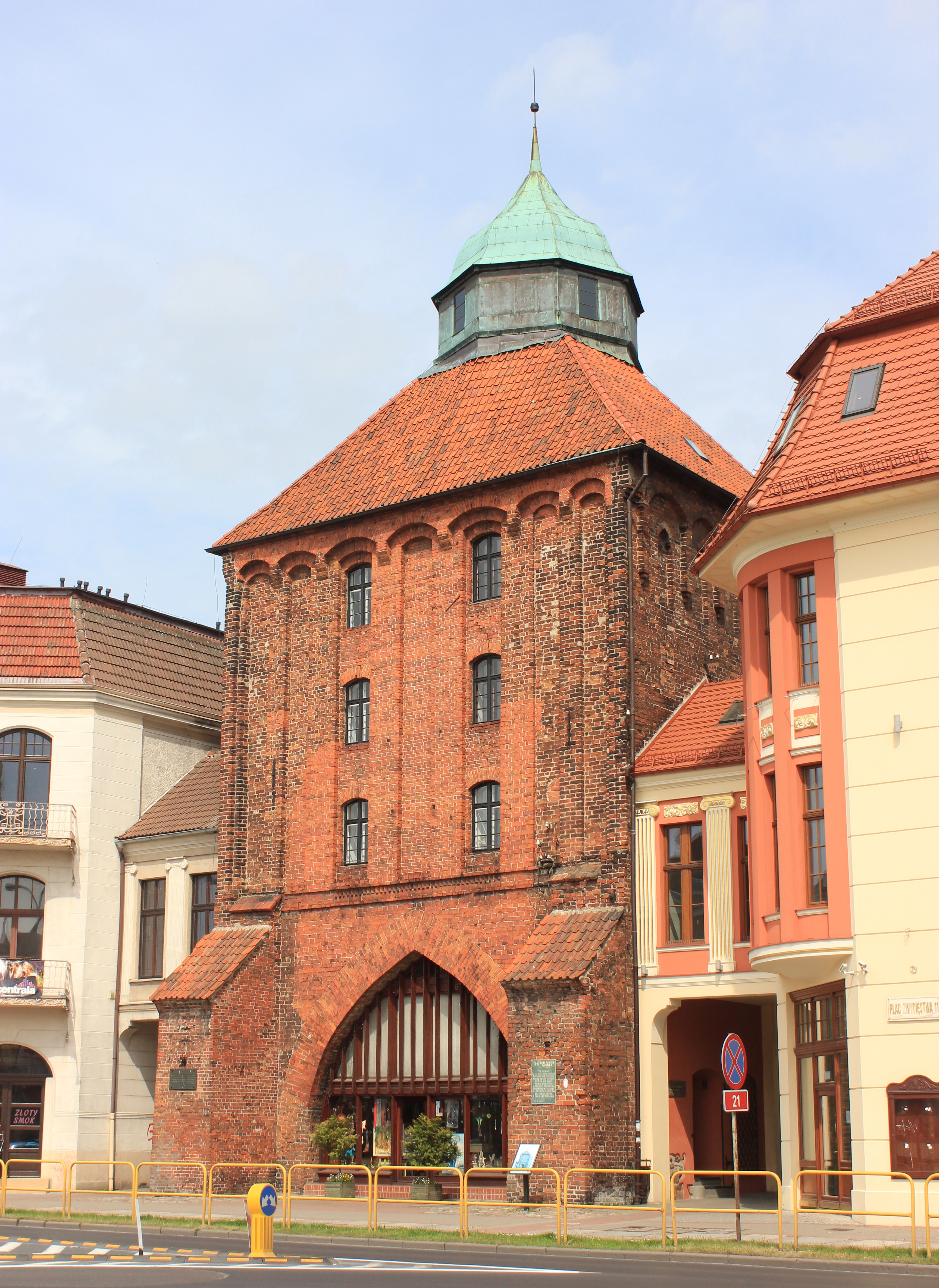|
Euroregion Baltic
The Euroregion Baltic (ERB) refers to a cross-border Euroregion in the south-east of the Baltic Sea Region, consisting of eight regions of Denmark, Lithuania, Poland, Russia, and Sweden. On 2 March 2022, the ERB's Executive Board suspended Russia's membership, in response to Russia's invasion of Ukraine. The ERB was the first Euroregion to formally include a partner from Russia through its inclusion of the Kaliningrad Oblast (a Russian exclave). It comprises regions from both old and new member states of the European Union. History The idea of establishing the Euroregion Baltic was developed in the mid-1990s by local politicians and entrepreneurs from south-east Sweden and north-east Poland. Organizational works started at an international conference held in Malbork between 28 Feb – 1 March 1997. The representatives of regions participating in the conference decided to establish the Organizational Committee, whose task was to lay the foundations of the future Euroregion. Th ... [...More Info...] [...Related Items...] OR: [Wikipedia] [Google] [Baidu] |
Euroregion
In European politics, the term Euroregion usually refers to a transnational co-operation structure between two (or more) contiguous territories located in different European countries. Euroregions represent a specific type of cross-border region. Scope Euroregions usually do not correspond to any legislative or governmental institution and do not have direct political power. Their work is limited to the competencies of the local and regional authorities which constitute them. They are usually arranged to promote common interests across the border and to cooperate for the common good of the border populations. Criteria The Association of European Border Regions sets the following criteria for the identification of Euroregions:Council of Europe (date unknown). Local and Regional Democracy and Good Governance Website of the Council of Europe. Retrieved from http://www.coe.int/t/dgap/localdemocracy/Areas_of_Work/Transfrontier_Cooperation/Euroregions/What_is_en.asp. * an association ... [...More Info...] [...Related Items...] OR: [Wikipedia] [Google] [Baidu] |
Committee Of The Regions
The European Committee of the Regions (CoR) is the European Union's (EU) assembly of local and regional representatives that provides sub-national authorities (i.e. regions, counties, provinces, municipalities and cities) with a direct voice within the EU's institutional framework. Established in 1994, the CoR was set up to address two main issues. First, about three quarters of EU legislation is implemented at local or regional level, so local and regional representatives needed to have a say in the development of new EU laws. Second, there were concerns about a widening gap between the public and the process of European integration; involving the elected level of government closest to the citizens was one way of closing the gap. History Within the European Union, local and regional authorities have lobbied for an increased say in EU affairs. This resulted in the creation of the European Committee of the Regions by the Maastricht Treaty, and the provision for Member State ... [...More Info...] [...Related Items...] OR: [Wikipedia] [Google] [Baidu] |
Swedish Government
The Government of the Kingdom of Sweden ( sv, Konungariket Sveriges regering) is the national cabinet of Sweden, and the country's executive authority. The Government consists of the Prime Ministerappointed and dismissed by the Speaker of the Riksdagand other cabinet ministers ( sv, Statsråd), appointed and dismissed at the sole discretion of the Prime Minister. The Government is responsible for its actions to the Riksdag. The short-form name ' ("the Government") is used both in the Basic Laws of Sweden and in the vernacular, while the long-form is only used in international treaties. Organization The Government operates as a collegial body with collective responsibility and consists of the Prime Ministerappointed and dismissed by the Speaker of the Riksdag (following an actual vote in the Riksdag before an appointment can be made)and other cabinet ministers ( sv, Statsråd), appointed and dismissed at the sole discretion of the Prime Minister. The Government is responsible ... [...More Info...] [...Related Items...] OR: [Wikipedia] [Google] [Baidu] |
European Parliament
The European Parliament (EP) is one of the legislative bodies of the European Union and one of its seven institutions. Together with the Council of the European Union (known as the Council and informally as the Council of Ministers), it adopts European legislation, following a proposal by the European Commission. The Parliament is composed of 705 members (MEPs). It represents the second-largest democratic electorate in the world (after the Parliament of India), with an electorate of 375 million eligible voters in 2009. Since 1979, the Parliament has been directly elected every five years by the citizens of the European Union through universal suffrage. Voter turnout in parliamentary elections decreased each time after 1979 until 2019, when voter turnout increased by eight percentage points, and rose above 50% for the first time since 1994. The voting age is 18 in all EU member states except for Malta and Austria, where it is 16, and Greece, where it is 17. Although the E ... [...More Info...] [...Related Items...] OR: [Wikipedia] [Google] [Baidu] |
Kronoberg County
Kronoberg County (; sv, Kronobergs län) is a county or '' län'' in southern Sweden. Kronoberg is one of three counties in the province of Småland. It borders the counties of Skåne, Halland, Jönköping, Kalmar, and Blekinge. Its capital is the city of Växjö. While Kronoberg is an inland county, the southernmost fringes are about from the coastline. Province Geographically, Kronoberg County is situated in the southern part of the province of Småland. It received its present borders in 1687 when Jönköping County was separated from the former Jönköping and Kronoberg County. Administration The seat of residence for the Governor or ''landshövding'' is Växjö. The Governor is the head of the County Administrative Board or ''länsstyrelsen''. The County Administrative Board is a Government Agency headed by a Governor. The current Governor is Kristina Alsér who took over the office from Lars-Åke Lagrell. Politics The County Council of Kronoberg or ''Landstinget ... [...More Info...] [...Related Items...] OR: [Wikipedia] [Google] [Baidu] |
Kalmar County
Kalmar County () is a county or '' län'' in southern Sweden. It borders the counties of Kronoberg, Jönköping, Blekinge and Östergötland. To the east in the Baltic Sea is the island Gotland. The counties are mainly administrative units. Geographically Kalmar County covers the eastern part in the Småland province, and the entire island of Öland. Culture Much of Öland's present day landscape known as the Stora Alvaret has been designated as a World Heritage Site by UNESCO. This southern part of Öland is known for a large number of rare species; early paleolithic settlement at Alby; other prehistoric remains such as the Gettlinge Gravefield and Eketorp Fortress; and the Ottenby Nature Preserve. Administration Kalmar County was integrated with Kronoberg County until 1672. Blekinge was a part of Kalmar County between 1680 and 1683, due to the foundation of the naval base at Karlskrona. The seat of residence for the Governor or ''Landshövding'' is Kalmar. The Govern ... [...More Info...] [...Related Items...] OR: [Wikipedia] [Google] [Baidu] |
Blekinge
Blekinge (, old da, Bleking) is one of the traditional Swedish provinces (), situated in the southern coast of the geographic region of Götaland, in southern Sweden. It borders Småland, Scania and the Baltic Sea. It is the country's second-smallest province by area (only Öland is smaller), and the smallest province located on the mainland. The name "Blekinge" comes from the dialectal adjective , which corresponds to the nautical term for "dead calm". Administration The historical provinces of Sweden serve no administrative function. However, Blekinge is the only province, besides Gotland, which covers exactly the same area as the administrative county, which is Blekinge County. Blekinge was granted its current arms in 1660 at the time of the funeral of King Charles X Gustav of Sweden (1622–1660) based on a seal from the 15th century. Symbolically the three crowns from the Coat of arms of Sweden had been placed on the trunk of the tree to mark the change in status of ... [...More Info...] [...Related Items...] OR: [Wikipedia] [Google] [Baidu] |
Kaliningrad Region
Kaliningrad Oblast (russian: Калинингра́дская о́бласть, translit=Kaliningradskaya oblast') is the westernmost federal subject of Russia. It is a semi-exclave situated on the Baltic Sea. The largest city and administrative centre of the province (oblast) is the city of Kaliningrad, formerly known as Königsberg. The port city of Baltiysk is Russia's only port on the Baltic Sea that remains ice-free in winter. Kaliningrad Oblast had a population of roughly 1 million in the Russian Census of 2010. The oblast is bordered by Poland to the south, Lithuania to the north and east and the Baltic Sea to the north-west. The territory was formerly the northern part of the Prussian province of East Prussia; the remaining southern part of the province is today part of the Warmian-Masurian Voivodeship in Poland. With the defeat of Nazi Germany in World War II, the territory was annexed to the Russian SFSR by the Soviet Union. Following the post-war migration ... [...More Info...] [...Related Items...] OR: [Wikipedia] [Google] [Baidu] |
Olsztyn
Olsztyn ( , ; german: Allenstein ; Old Prussian: ''Alnāsteini'' * Latin: ''Allenstenium'', ''Holstin'') is a city on the Łyna River in northern Poland. It is the capital of the Warmian-Masurian Voivodeship, and is a city with county rights. The population of the city was estimated at 169,793 residents in 2021. Olsztyn is the largest city in Warmia, and has been the capital of the voivodeship since 1999. In the same year, the University of Warmia and Masuria was founded from the fusion of three other local universities. Today, the Castle of Warmian Cathedral Chapter houses a museum and is a venue for concerts, art exhibitions, film shows and other cultural events, which make Olsztyn a popular tourist destination. The city is the seat of the Archbishop of the Roman Catholic Archdiocese of Warmia The most important sights of the city include the medieval Old Town and the St. James Pro-cathedral (former St. James Parish Church), which dates back more than 600 years. The ma ... [...More Info...] [...Related Items...] OR: [Wikipedia] [Google] [Baidu] |
Słupsk
Słupsk (; , ; formerly german: Stolp, ; also known by several alternative names) is a city with powiat rights located on the Słupia River in the Pomeranian Voivodeship in northern Poland, in the historical region of Pomerania or more specifically in its part known in contemporary Poland as Central Pomerania (''Pomorze Środkowe'') within the wider West Pomerania (''Pomorze Zachodnie''), while in Germany the corresponding area is known as East Pomerania (''Ostpommern'') within the wider Farther Pomerania (''Hinterpommern''). According to Statistics Poland, it has a population of 88,835 inhabitants while occupying , thus being one of the most densely populated cities in the country as of December 2021 . In addition, the city is the administrative seat of Słupsk County and the rural Gmina Słupsk, despite belonging to neither, while until 1999 it was the capital of Słupsk Voivodeship. Słupsk had its origins as a Pomeranian settlement in the early Middle Ages. In 1265 it was ... [...More Info...] [...Related Items...] OR: [Wikipedia] [Google] [Baidu] |
Gdańsk
Gdańsk ( , also ; ; csb, Gduńsk;Stefan Ramułt, ''Słownik języka pomorskiego, czyli kaszubskiego'', Kraków 1893, Gdańsk 2003, ISBN 83-87408-64-6. , Johann Georg Theodor Grässe, ''Orbis latinus oder Verzeichniss der lateinischen Benennungen der bekanntesten Städte etc., Meere, Seen, Berge und Flüsse in allen Theilen der Erde nebst einem deutsch-lateinischen Register derselben''. T. Ein Supplement zu jedem lateinischen und geographischen Wörterbuche. Dresden: G. Schönfeld’s Buchhandlung (C. A. Werner), 1861, p. 71, 237.); Stefan Ramułt, ''Słownik języka pomorskiego, czyli kaszubskiego'', Kraków 1893, Gdańsk 2003, ISBN 83-87408-64-6. * , )Johann Georg Theodor Grässe, ''Orbis latinus oder Verzeichniss der lateinischen Benennungen der bekanntesten Städte etc., Meere, Seen, Berge und Flüsse in allen Theilen der Erde nebst einem deutsch-lateinischen Register derselben''. T. Ein Supplement zu jedem lateinischen und geographischen Wörterbuche. Dresden: G. Schönf ... [...More Info...] [...Related Items...] OR: [Wikipedia] [Google] [Baidu] |




.jpeg/1200px-Brama_Zuraw_W_Gdansku_(153003103).jpeg)